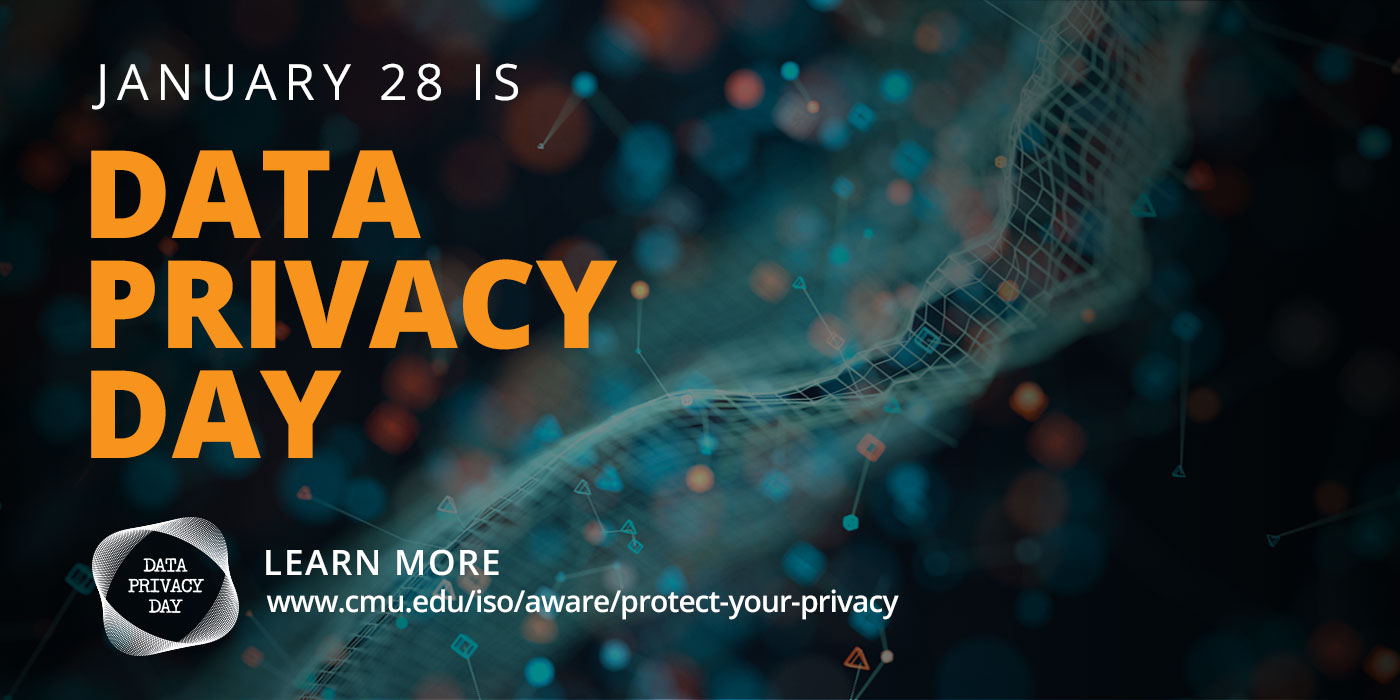
Data Privacy Day
January 28th is Data Privacy Day! Most people believe that control of their personal data is broken, but don't know what to do to fix it, or worse, think they can’t do anything to fix it. This Data Privacy Day choose to follow these quick steps which will make a huge difference in protecting your privacy: from reducing your exposure to privacy risks, to adding extra protection to your passwords and accounts. These tips will help to keep your personal information secure!
Step 1: Update your software
Software on devices like phones, tablets and computers get out-of-date over time, and old software can contain security bugs or settings that leak personal data. To reduce your exposure to these privacy risks, check for updates to your apps and operating systems, even better, set them to update automatically. That way you'll always have the latest, safest version.
Step 2: Update your privacy settings
Now that you have the latest software, dig into the latest privacy settings and update them. Want to view or change your privacy/security settings, but don't know where to find them? Use these direct links to update your privacy settings on popular devices and online services: https://staysafeonline.org/stay-safe-online/managing-your-privacy/manage-privacy-settings/
On mobile devices, be sure to go in and adjust per-app settings so that your location history isn't leaking where it shouldn't be. Also review the apps you have previously installed. If there are any you haven't used for a while, remove them to reduce the chance of your personal data being shared.
Step 3: Use a password manager
Privacy and security are not one and the same, but the two can go hand-in-hand. If your accounts are not secured, your privacy is at risk. Have you ever used the same password on more than one website? If the answer's yes, then your privacy may be compromised due to data leaks. The fix is easy: start creating unique passwords for every website you use. That may sound like a lot of work, but it’s not when you use a password manager. Password managers generate and store secure passwords for you automatically and store them in an encrypted vault. You only need to remember one, strong, unique password to access the password vault. You can use a browser-independent tool like LastPass, Dashlane, or 1Password that work across multiple browsers. For more information on each of these password managers, visit the ISO’s breakdown of each at: Password Managers.
Step 4: Set up two-factor authentication
Two-factor authentication (2FA) is where you use a one-time passcode or push notification in addition to your password in order to authenticate. You want to set up two-factor authentication wherever possible, and certainly on your major accounts (email, financial, etc.). You can check twofactorauth.org to see if major sites have it available. This site also links directly to the right documentation pages in order to download 2FA for each of your accounts.
For more information on two-factor authentication at CMU vist https://2fa.cmu.edu.
Step 5: Clean up your social networks
Social networks allow us to connect with billions of people from all over the world in an instant. It also can allow for bad actors to collect our personal information and use it against us. Limit the kind of information you choose to include on your social media pages. Things like your mother’s maiden name, birth dates, phone numbers, high school graduation year, and addresses can be used against you in an attempt to hack your accounts especially if your profile is set to public. Be sure to periodically review privacy settings on social media and keep your personal information private.
Visit for more information on Social Media Privacy .
And that's it! With the steps above your personal data will be much more private online. 2021 is the time to take back your privacy!